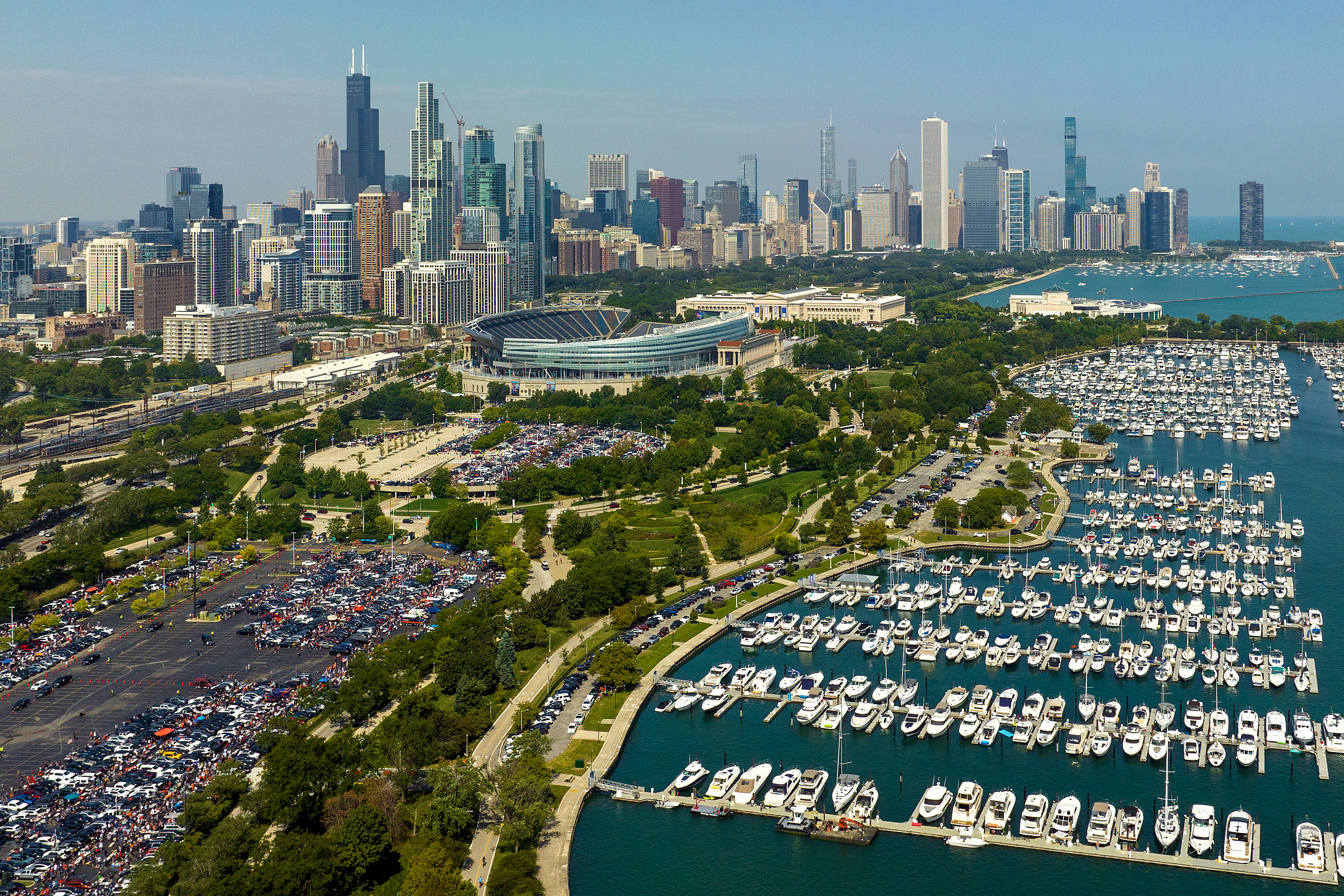Weathermen in the form of rodents across the country early on Feb. 2 were awoken from their slumber to perform their annual yet crucial Groundhog Day duty: Prognosticate on the weather.
And, while Pennsylvania may look to Punxsutawney Phil for a weather prediction, the Chicago area turns to Woodstock Willie, a local, plump groundhog who lives in the far northwest suburb of Woodstock, where the famous 1993 movie "Groundhog Day" was filmed.
At approximately 7:07 a.m. Thursday, Willie emerged from his treehouse and immediately went to work in front of a crowd of supporters gathered at Woodstock Square -- precisely the same location where actor Bill Murray delivered the forecast as Phil Connors, over and over and over again.
After conferring with local Woodstock officials, the marmot, who appeared grumpy, delivered his forecast.
Feeling out of the loop? We'll catch you up on the Chicago news you need to know. Sign up for the weekly Chicago Catch-Up newsletter here.
"Willie looked skyward to east, behind to the ground and clearly stated in groundhog-ease," declared Danny Rubin, one of the film's screenwriters as he read from a scroll, "I definitely see a shadow."
You know what that means: six more weeks of winter. For the record, Punxsutawney Phil this year said the same.
Local
And though the groundhog's prediction may bring more colder weather, Woodstock's annual 'Groundhog Days' festival -- which features showings of the film, a talk with screenwriter Danny Rubin, movie trivia, a pub crawl, 'Groundhog Day' movie walking tours and more -- will continue through the weekend.
According to the humans of the NBC 5 Storm Team, Thursday is predicted to be mostly sunny with a high temperature of around 31 degrees. But with a morning in the 20s, it will be much chillier, so "don't forget your booties cause it's coooooold out there!"
What's the History of Groundhog Day?
Groundhog Day, on Feb. 2, is both a timing milestone -- marking six weeks until spring -- and a tale of folklore, which can be dated back to the fifth century, a post from the National Weather Service says.
Around that time, the NWS says, the "European Celts believed that animals had certain supernatural powers on special days that were halfway between the Winter Solstice and Spring Equinox."
"Folklore from Germany and France indicated that when marmots and bears came out of their winter dens too early, they were frightened by their shadow and retreated back inside for four to six weeks," the post continues. "This was adopted by the Romans as Hedgehog Day. When Christianity came into being, the formerly pagan observance also came to be called Candlemas."
The earliest known American reference to Groundhog Day, the NWS says, was in a Morgantown, Pennsylvania, shopkeeper's journal entry dated Feb. 4, 1841.
"Last Tuesday, the 2nd, was Candlemas Day, the day on which, according to the Germans, the Groundhog peeps out of his winter quarters and if he sees his shadow he pops back for another six weeks nap," the entry reads. "But if the day be cloudy he remains out, as the weather is to be moderate."
The rest, as they say, is history -- both meteorological and on the big screen.



